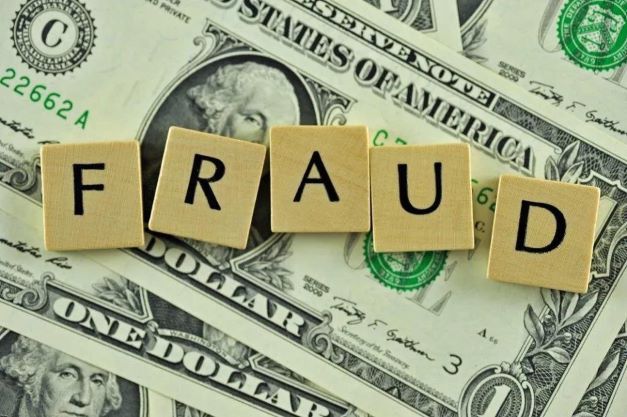Accounting Fraud
There is an old dictum that goes “Caution is the eldest child of wisdom” and in this era of financial maneuvering and window dressing, we need to keep reminding ourselves of the above quote.
When we think of accounting frauds, we limit our acumen to the deliberate omission of certain transaction entries and under/over-valuation of assets or liabilities. However, the true consequences of accounting frauds will take your breath away. Let us understand this with an example.
In 2007, the editorial team of the revered Fortune magazine sat together to decide the “most admired securities firm” of the year and they unanimously picked the global financial services firm Lehman Brothers. The firm was deemed as an organization that could do no wrong. Come 2008, the most venerated 158-year-old firm goes belly up!
What went wrong? Lehman Brothers used accounting sleight of hand to mask bad investment which led to its eventual collapse. Though there were several elements that may have contributed to its demise, facts remain that the company practiced misleading accounting gimmicks for concealing its perilous financial state. Such schemes proved disastrous for the whole world which went for a not-so-desired roller coaster ride, both financially and emotionally.
Another ideal example of pure accounting fraud would be Enron. Within 15 years since its inception, the company grew up to be one of the largest American corporations, bestriding over 40 countries and employing over 20,000 employees. However, its staggering achievement was the product of a string of meticulously-crafted scams. The American energy giant had formed over a dozen illegal partnerships with other group companies, allowing it to conceal debts off its balance sheet, bury its losses and contingencies and create fictional revenues. Enron also formed partnerships with firms housed in tax havens (a country or independent area where taxes are levied at a low rate) like Cayman island, for evading taxes in four of the last five years of its existence. The cherry on top is that big banks like Citigroup and JP Morgan helped Enron structure the shady partnerships. Eventually, Enron was declared insolvent in 2001 with a whopping loss of $60 billion. The fall of Enron evoked much debate, especially around legislation, designed to improve accounting standards and practices, with long-lasting repercussions in the financial world.
Such egregious instances are not limited to the western countries. India has also been a victim of various fraudulent cases and one of the most recent cases is that of Yes Bank. Once hailed as the fourth largest private bank in the country, it is now going through its most doleful phase. It all started with the unfortunate demise of Mr. Ashok Kapoor (founder and former chairperson of Yes Bank), after which the control shifted to Mr. Rana Kapoor. Yes Bank experienced exponential growth under his regiment, which was marked by aggressive lending to stressed companies at high-interest rates. Also, the loans given out were not collateralized by physical assets and this slimmed down chances of recovery in case of default significantly. Bank’s capital adequacy ratio as well as capital to debt adequacy ratio proved farcical. One by one, the loans turned into bad loans, and later on into NPAs (non-performing assets, which refer to those loans whose installments are due for more than 3 months or 90 days). In 2017, the RBI noticed these discrepancies and put Yes Bank under scrutiny. The investigation revealed growth of NPAs of Yes Bank throughout the years as well as the concealment of NPAs of around Rs 3,000 crores. Owing to this, not only where the depositors but also other entities, such as the 18,000 Yes Bank employees and the 20 large businesses like Phonepay, Bharatpay, Red Bus, Flipkart and Swiggy, solely dependent on Yes Bank for their UPI payment, were all put to jeopardy. While the State Bank of India came to the rescue, the key question to ponder over is “with whose money did SBI bail out Yes Bank?”. The answer to that is tax payers’ or depositors’ money – people who had nothing to do with Yes Bank but were now tangled into this risky gamble.
Accounting frauds have devastating consequences. Companies have gone belly up, businesses have been transferred, entrepreneurs arrested and audit firms destroyed. Ultimately these were dreadful outcomes resulting from either intentional manipulation or the misrepresentation of financial numbers.
Author : Yash Pareek
About Author : Student (IPM /01)


